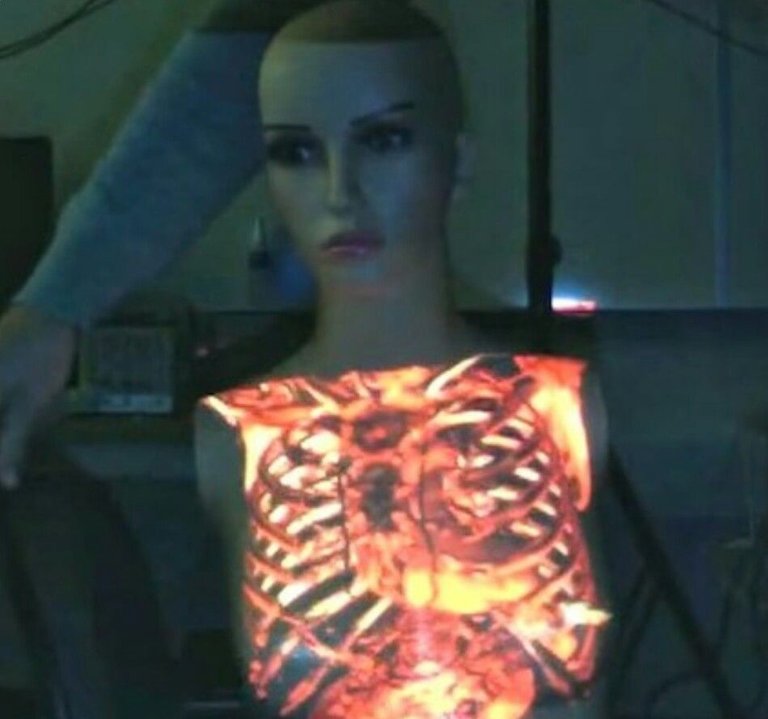New technology is bringing the power of augmented reality into clinical practice.
The system, called ProjectDR, allows medical images such as CT scans and MRI data to be displayed directly on a patient’s body in a way that moves as the patient does.
“We wanted to create a system that would show clinicians a patient’s internal anatomy within the context of the body,” explained Ian Watts, a computing science graduate student and the developer of ProjectDR.
The technology includes a motion-tracking system using infrared cameras and markers on the patient’s body, as well as a projector to display the images. But the really difficult part, Watts explained, is having the image track properly on the patient’s body even as they shift and move. The solution: custom software written by Watts that gets all of the components working together.
Vast applications
“There are lots of applications for this technology, including in teaching, physiotherapy, laparoscopic surgery and even surgical planning,” said Watts, who developed the technology with fellow graduate student Michael Fiest.
ProjectDR also has the capacity to present segmented images—for example, only the lungs or only the blood vessels—depending on what a clinician is interested in seeing.
For now, Watts is working on refining ProjectDR to improve the system’s automatic calibration and to add components such as depth sensors. The next steps are testing the program’s viability in a clinical setting, explained Pierre Boulanger, professor in the Department of Computing Science.
Next steps
“Soon, we’ll deploy ProjectDR in an operating room in a surgical simulation laboratory to test the pros and cons in real-life surgical applications,” said Boulanger. "We are also doing pilot studies to test the usability of the system for teaching chiropractic and physical therapy procedures.” added Greg Kawchuk, a co-supervisor on the project from the Faculty of Rehabilitation Medicine. Once these pilot studies are complete, the research team expects the deployment of the system in real surgical pilot studies will quickly follow.
Watts is co-supervised by Boulanger, Cisco Chair in Healthcare Solutions and professor in the Faculty of Science, and by Kawchuk, professor in the Faculty of Rehabilitation Medicine.
ProjectDR was presented last November at the Virtual Reality Software and Technology Symposium in Gothenburg, Sweden. #steemstem
Source:
https://www.ualberta.ca

Hi! I am a robot. I just upvoted you! I found similar content that readers might be interested in:
https://www.news-medical.net/news/20180125/Augmented-reality-system-allows-medical-images-to-be-displayed-directly-on-the-patients-body.aspx